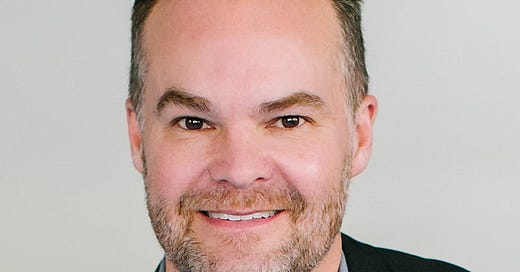Church leadership often involves navigating the tension between limitless opportunities and limited resources. While economics might seem like a foreign concept in ministry, understanding key economic principles—scarcity, supply and demand, and opportunity cost—can drastically improve how you manage your church's resources and drive long-term growth. In this post, we’ll explore how these concepts help shape smarter decisions and create a thriving ministry.
Scarcity: Prioritizing What Truly Matters
Scarcity is something every church leader knows intimately. There are always more needs, programs, and ideas than resources. The challenge isn’t just managing these limitations but knowing how to prioritize them wisely.
In ministry, scarcity may involve:
Budgeting: Do you allocate funds toward outreach or facility improvements?
Volunteers: Are they spread thin across ministries or deployed where they’ll have the greatest impact?
Time: How do you manage staff and volunteer time to avoid burnout while maximizing effectiveness?
Personal Example: When Scarcity Hit Home
At Woodstock City Church, I encountered a severe financial crisis—there was only $400 in the bank. We had to make painful decisions, including cutting the missions budget for a year. This prompted a strong reaction from a church member, who asked, “What kind of church quits doing missions?” My response: “The kind that hopes to do ten times more in the future.”
By prioritizing immediate financial stability, we eventually funded more mission work than ever before. This illustrates a simple truth: prioritization is leadership. When resources are scarce, every decision you make shapes the future of your ministry.
Keep reading with a 7-day free trial
Subscribe to Gavin’s Substack to keep reading this post and get 7 days of free access to the full post archives.



